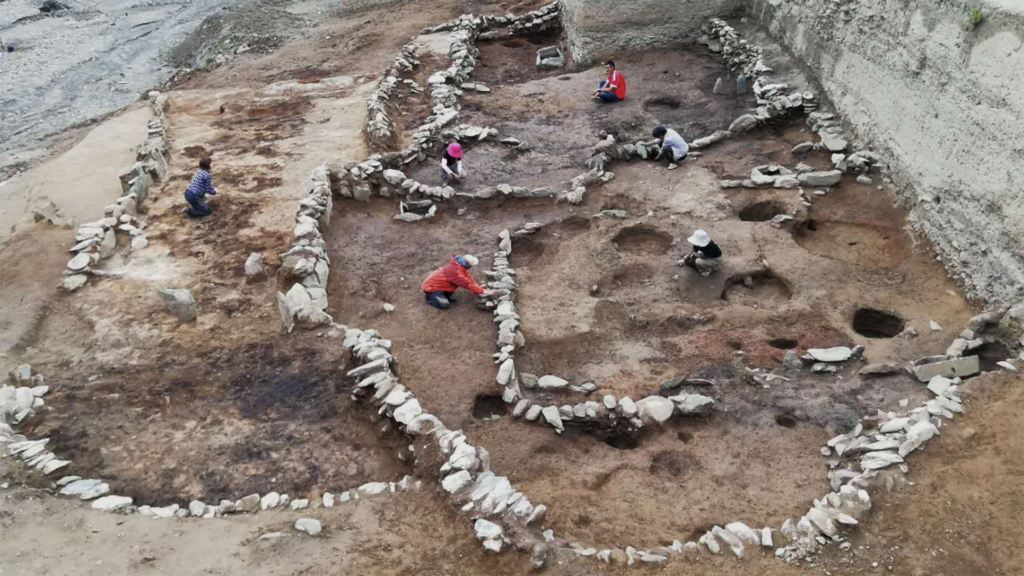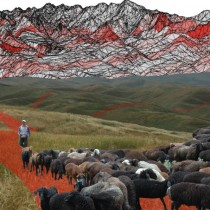The high-altitude hero of the Himalayas, yak are among the few large animals that can survive the extremely cold, harsh and oxygen-poor conditions of the Tibetan Plateau. In the mountainous regions of Asia, yak and yak-cattle hybrids serve as vital sources of meat, milk, transportation and fuel. However, little is known about their history: when or where yak were domesticated.
In a study published Dec. 13 in Science Advances, an international team of researchers that includes archaeologists at Washington University in St. Louis report archaeologically and genetically confirmed evidence for domestic yak, dating back 2,500 years, by far the oldest record.
The researchers zeroed in on this date using ancient DNA from a single male yak that lived alongside domestic cattle and yak-cattle hybrids in a settlement known as Bangga, a community in the southern Tibetan Plateau located at an elevation of approximately 3,750 meters (12,300 feet) above sea level.
“Many scholars have speculated that yak was first domesticated in the high-altitude regions of the Tibetan Plateau,” said Xinyi Liu, an associate professor of archaeology in Arts & Sciences at Washington University. “It was a well-informed speculation, but up to this point, there hasn’t been robust evidence for that,” Liu said. “This is the first evidence supported by both archaeology and ancient DNA.”
From unknown origins
Once widespread in the Tibetan Plateau, wild yak are now listed as “vulnerable” by the International Union for Conservation of Nature, with only an estimated 7,500 to 10,000 mature individuals left in the wild.
Domesticated yak, however, are prevalent across much of the world. An estimated 14 million to 15 million live in the highlands of Asia alone.
Scientists have previously traced the origins of other domestic bovine species found in Asia. This includes the taurine cattle found primarily in Europe and temperate areas of Asia; indicine cattle, or zebus, found primarily in India and tropical areas of Asia; and water buffalos in East and Southeast Asia. “Yak remains an open inquiry,” Liu said.
“Identifying domestic yak and yak-cattle hybrids at Bangga is not only essential to the understanding of the origin of this charismatic creature, the yak, but also informs us in general about animal domestication pathways, in which gene flow between related stocks is increasingly appreciated,” he said.
A transdisciplinary approach
Bangga is one of the earliest agro-pastoral settlements in the southern Tibetan Plateau and the only site in the region with abundant animal remains to have been systematically excavated in recent decades. This work at Bangga, led by Hongliang Lu from Sichuan University, has provided scientists with a glimpse of daily lives at extremely high elevations between 3,000 and 2,000 years ago, contributing excellent momentum around improving our knowledge about the ancient Himalayan region.





